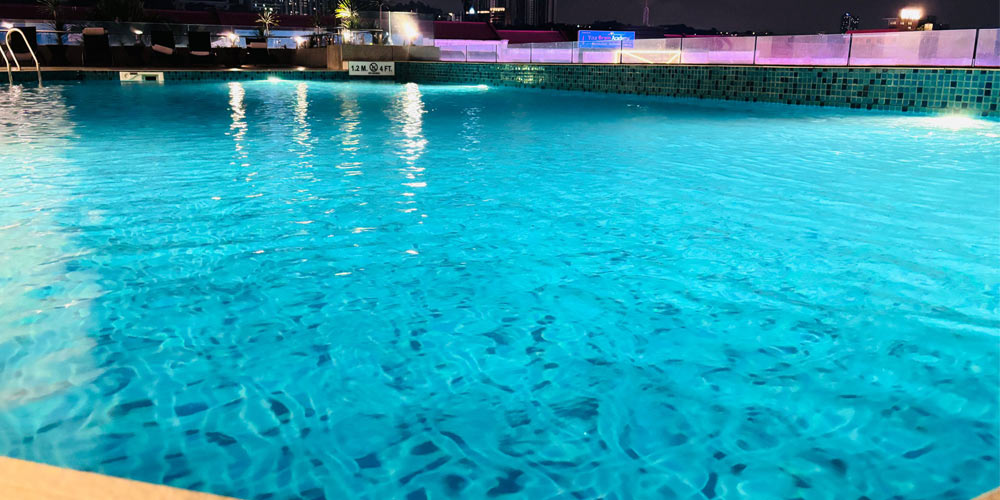If you have your own swimming pool at home or you are about to become a pool maintainer. Then congratulations, you will have a lot of fun in pool maintenance. Before the swimming pool is put into use, one word you need to understand is “Pool Chemicals“.
The use of swimming pool chemicals is one of the important aspects of swimming pool maintenance. It is also the most critical part of managing a swimming pool. You need to know why these chemicals are used.
Common swimming pool chemicals:
Chlorine disinfectants are common chemicals in swimming pool maintenance. They are used as disinfectants. After they dissolve, they produce hypochlorous acid, which is a very effective disinfectant component. It can kill bacteria, microorganisms and a certain degree of consistent algae growth in the water. Common chlorine disinfectants are sodium dichloroisocyanurate, trichloroisocyanuric acid, calcium hypochlorite, and bleach (sodium hypochlorite solution).
Bromine
Bromine disinfectants are very rare disinfectants. The most common one is BCDMH(?) or sodium bromide (used with chlorine). However, compared with chlorine, bromine disinfectants are more expensive, and there are more swimmers who are sensitive to bromine.
The pH is a very important parameter in pool maintenance. The pH is used to define how acidic or alkaline the water is. Normal is in the range of 7.2-7.8. When the pH exceeds normal. It can have varying degrees of impact on disinfection effectiveness, equipment and pool water. When the pH is high, you need to use pH Minus to lower the pH. When the pH is low, you need to choose pH Plus to raise the pH to the normal range.
Calcium Hardness Adjuster
This is a measure of the amount of calcium in the pool water. When the calcium level is too high, the pool water becomes unstable, causing the water to be cloudy and calcified. When the calcium level is too low, the pool water will “eat” the calcium on the surface of the pool, damaging metal fittings and causing stains. Use calcium chloride to increase calcium hardness. If the CH is too high, use a descaling agent to remove scale.
Total Alkalinity Adjuster
Total alkalinity refers to the amount of carbonates and hydroxides in the pool water. They help control and adjust the pH of the pool. Low alkalinity can cause pH drift and make it difficult to stabilize in the ideal range.
When the total alkalinity is too low, sodium bicarbonate can be used; when the total alkalinity is too high, sodium bisulfate or hydrochloric acid can be used for neutralization. However, the most effective way to reduce Total Alkalinity is to change part of the water; or add acid to control the pH of the pool water below 7.0 and blow air into the pool with a blower to remove carbon dioxide until the Total Alkalinity drops to the desired level.
The ideal total alkalinity range is 80-100 mg/L (for pools using CHC) or 100-120 mg/L (for pools using stabilized chlorine or BCDMH), and up to 150 mg/L is allowed for plastic liner pools.
Flocculants
Flocculants are also an important chemical reagent in pool maintenance. Turbid pool water not only affects the look and feel of the pool, but also reduces the disinfection effect. The main source of turbidity is suspended particles in the pool, which can be removed by flocculants. The most common flocculant is aluminum sulfate, sometimes PAC is also used, and of course a few people use PDADMAC and Pool Gel.
The above are the most common swimming pool chemicals. For specific selection and use, please choose according to your current needs. And strictly follow the operating instructions of the chemicals. Please take personal protection when using chemicals.
For more information about swimming pool maintenance, please click here.“Swimming Pool Maintenance”
Post time: Aug-13-2024

